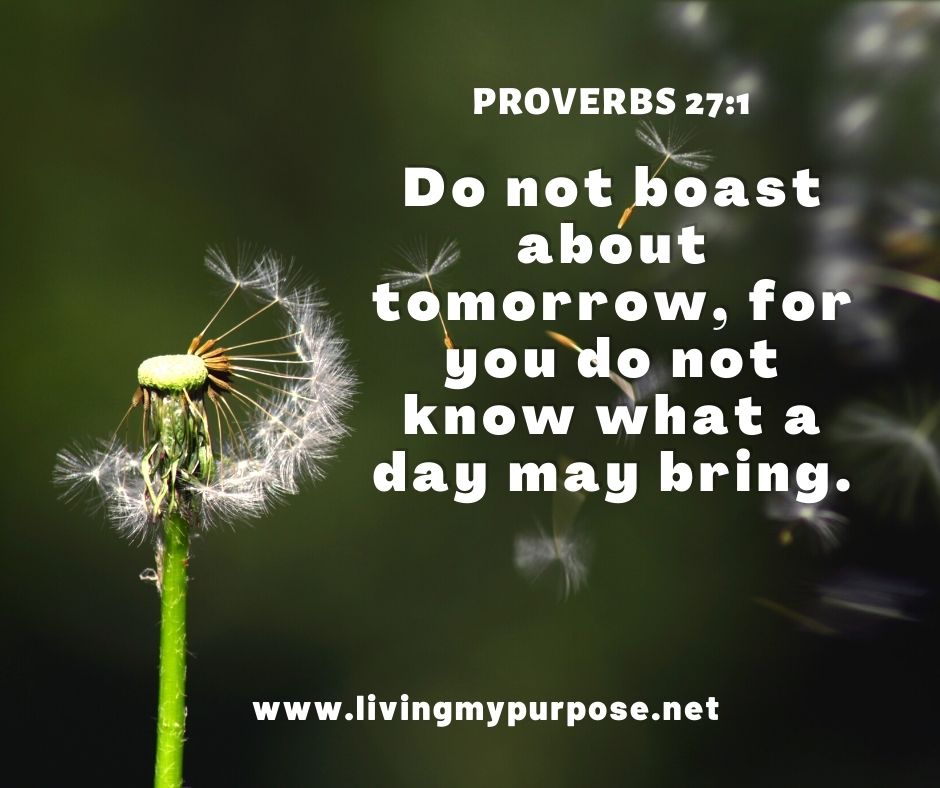The Bible is one of the world’s most influential books, holding centuries of history, stories, and teachings that have shaped cultures, nations, and individuals. Introducing the bible to children at a very young age is a good start for their Christian growth.
The Bible was introduce to me when I was a little girl. I am glad that my parents did sent me to Sunday School to learn more about God through the Bible.
If you’re considering introducing your child to the Bible, you might be wondering how to approach it in a way that is engaging, age-appropriate, and meaningful. Here’s a guide to help you do just that!
1. Start with the Stories
The Bible is full of incredible stories that can captivate the imagination of children. From the adventures of Noah’s Ark and David’s victory over Goliath to the parables of Jesus, there are many narratives that can be both entertaining and educational for children.
- Younger Children (Ages 2-6): Start with simple stories. Illustrated Bible storybooks often present these tales with colorful pictures and simplified language.
- Older Children (Ages 7-12): You can delve into more complex stories, discussing the morals and lessons behind each one.
2. Interactive Activities
Make the stories come alive with interactive activities:
- Crafts: For instance, after reading about Noah’s Ark, your child can make a small boat or animal figures out of playdough.
- Role Play: Act out stories or parables with costumes or props.
- Bible Puzzles and Games: These can be a fun way to remember key characters or events.
3. Ask Questions
Engage your child in discussions. Ask open-ended questions like:
- “How do you think Noah felt during the flood?”
- “What would you have done if you were in Moses’ shoes?”
- “What lesson can we learn from this story?”
This encourages critical thinking and personal reflection.
4. Choose a Child-Friendly Translation
There are many translations of the Bible, and some are easier for children to understand than others. Consider using a New International Reader’s Version (NIrV) or the New Living Translation (NLT) for clarity.
5. Connect the Stories to Everyday Life
Make the stories relevant. If a story touches on themes of kindness, honesty, or courage, relate them to situations in your child’s life where they can apply these lessons.
6. Respect Their Pace and Questions
Some children might have a lot of questions, while others might need time to absorb what they’ve read or heard. Respect their pace and be open to any questions, even if they’re challenging. Honest conversations can strengthen their understanding and connection to the Bible.
7. Join a Community
Many churches or community groups offer Bible study classes or Sunday schools for children. These can be great platforms for kids to learn, ask questions, and discuss stories with peers.
8. Pray Together
Prayer can be a beautiful way to connect with the teachings of the Bible. It doesn’t have to be formal. Simple, heartfelt words spoken together can create a meaningful bond and help internalize biblical lessons.
9. Set an Example
Children learn by observing. By showing them your relationship with the Bible – reading it, discussing it, and living by its teachings – you’re setting an example they can follow.
In Conclusion
Introducing the Bible to children is a journey filled with stories of hope, lessons of love, and foundational truths. By taking a thoughtful, interactive, and patient approach, you can make the Bible a cherished and influential book in your child’s life. Remember, it’s not about perfection, but about connection. Happy reading!







